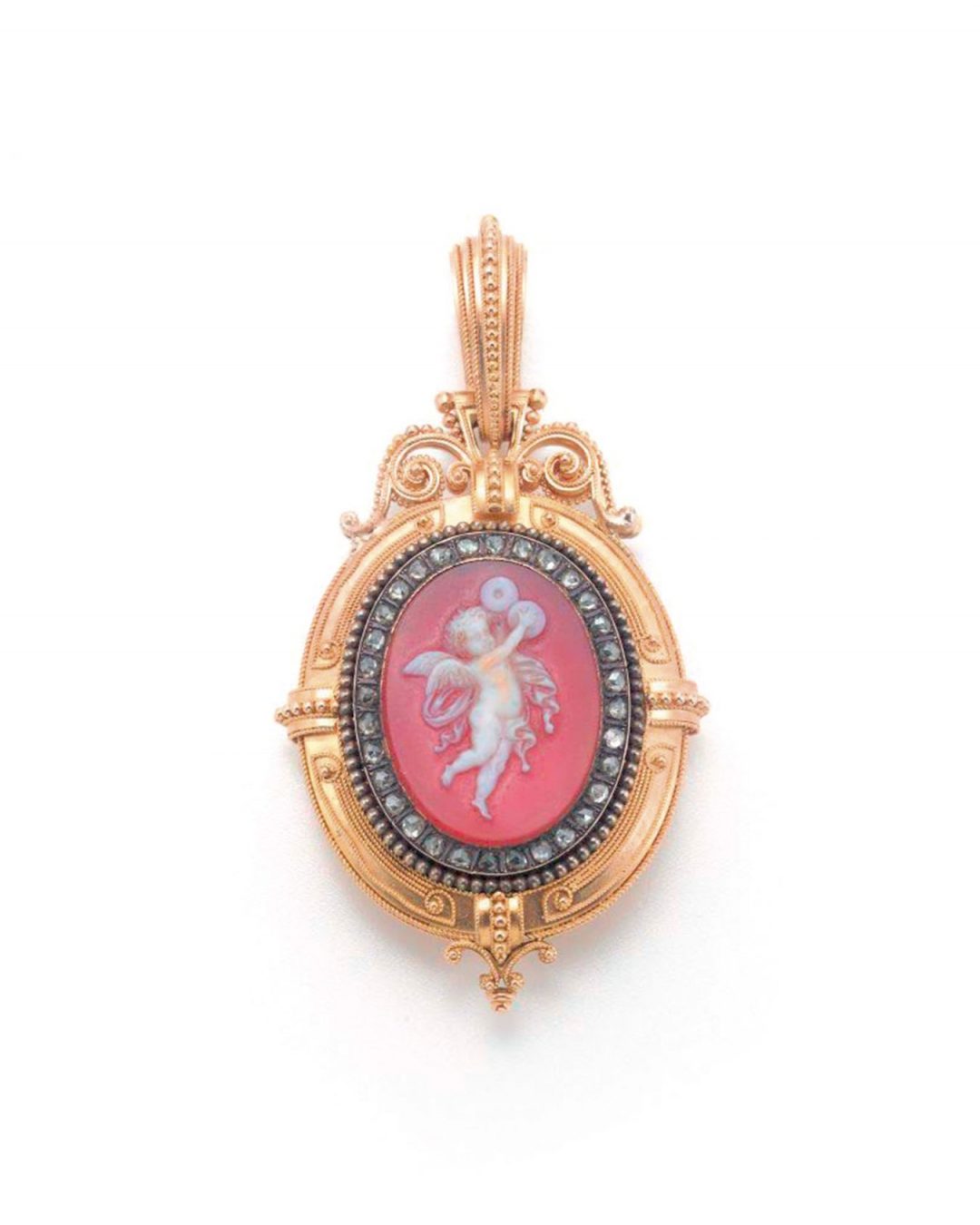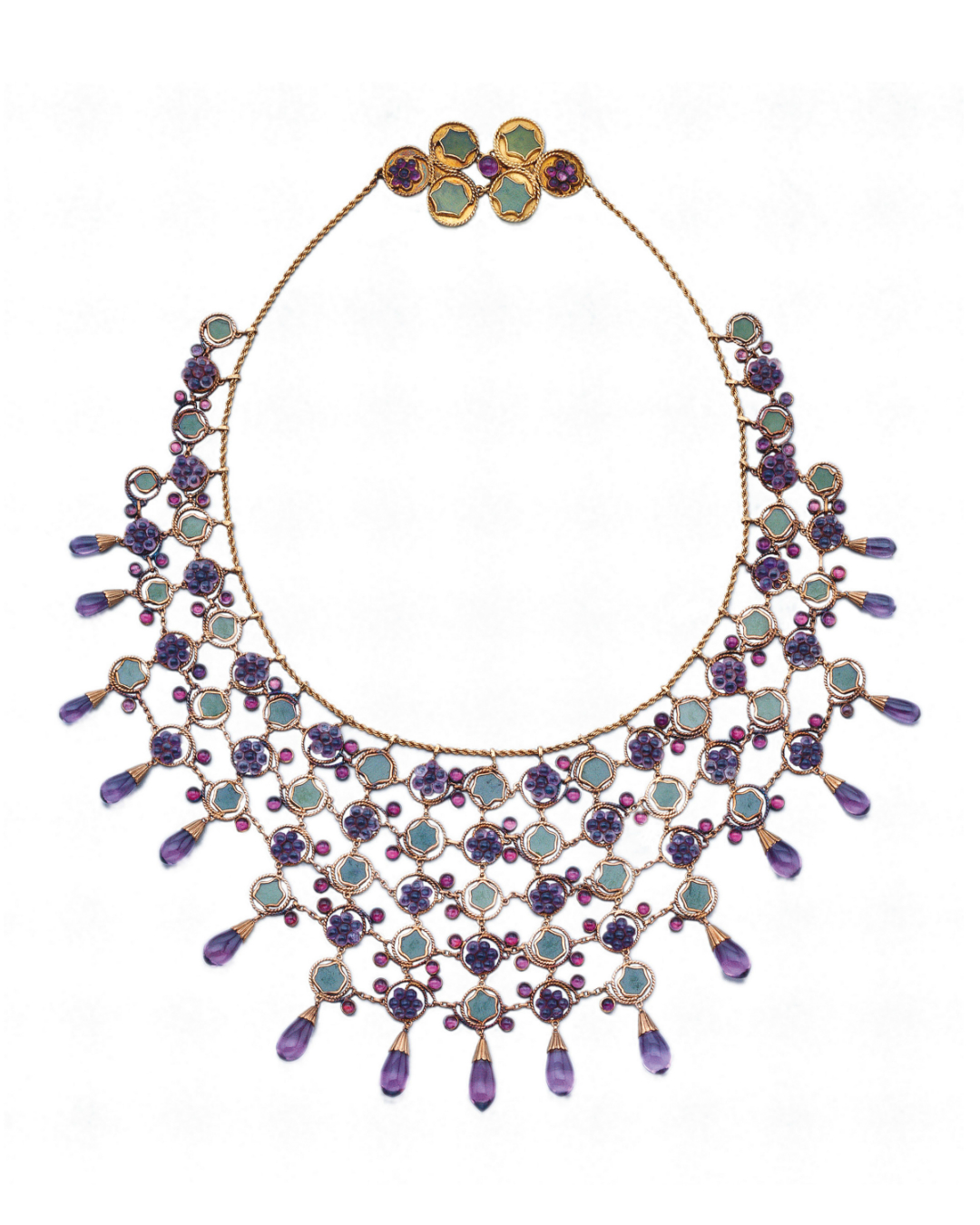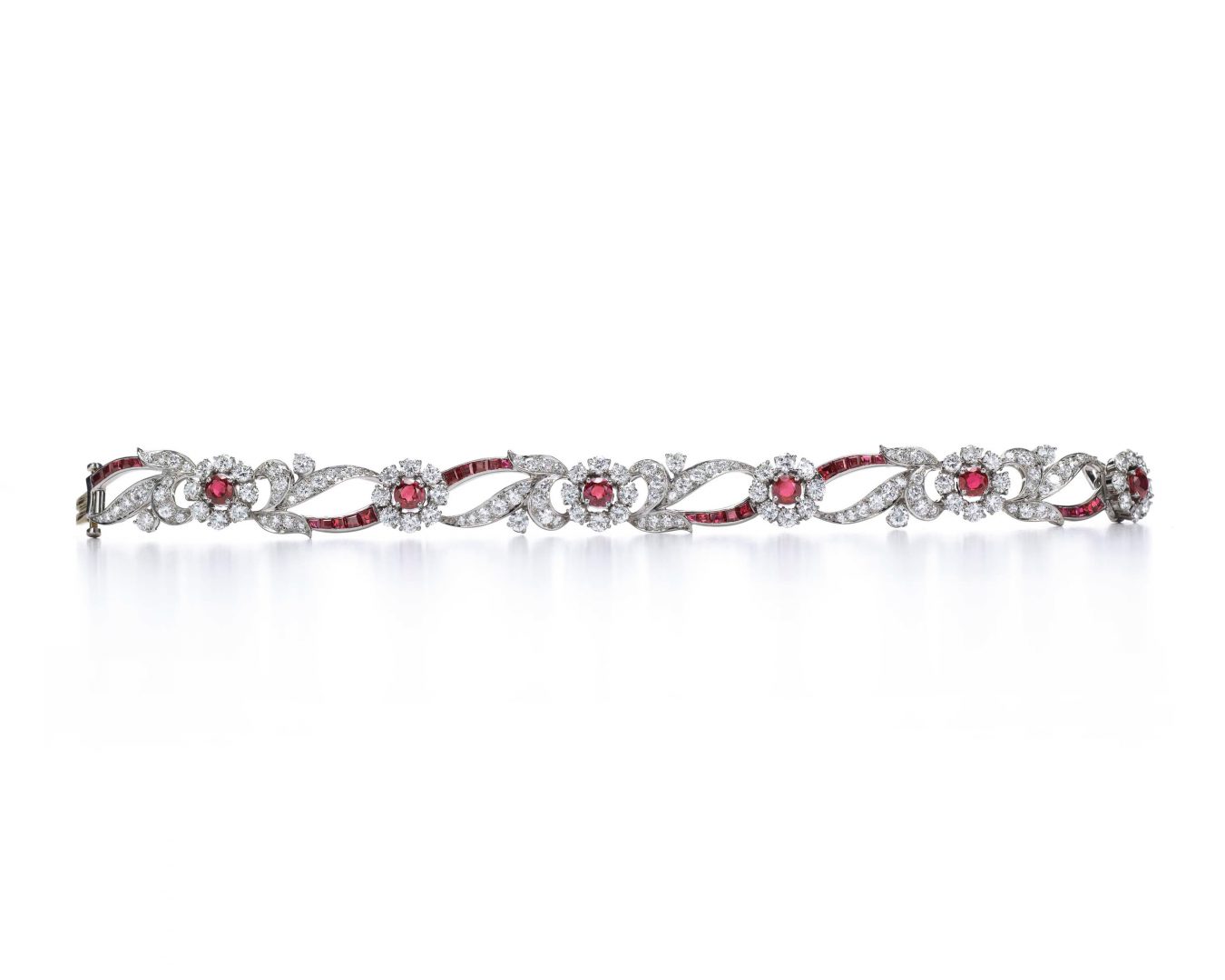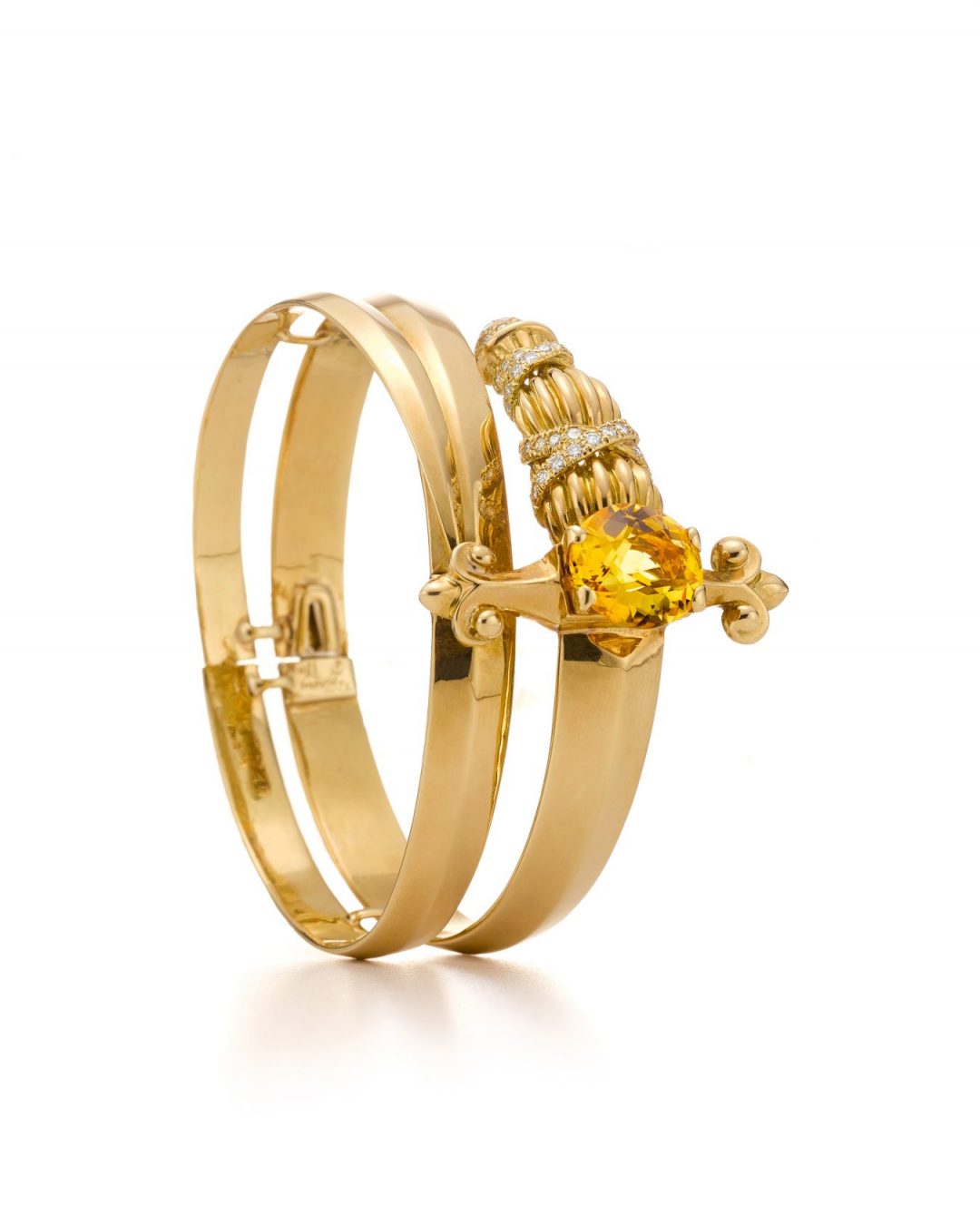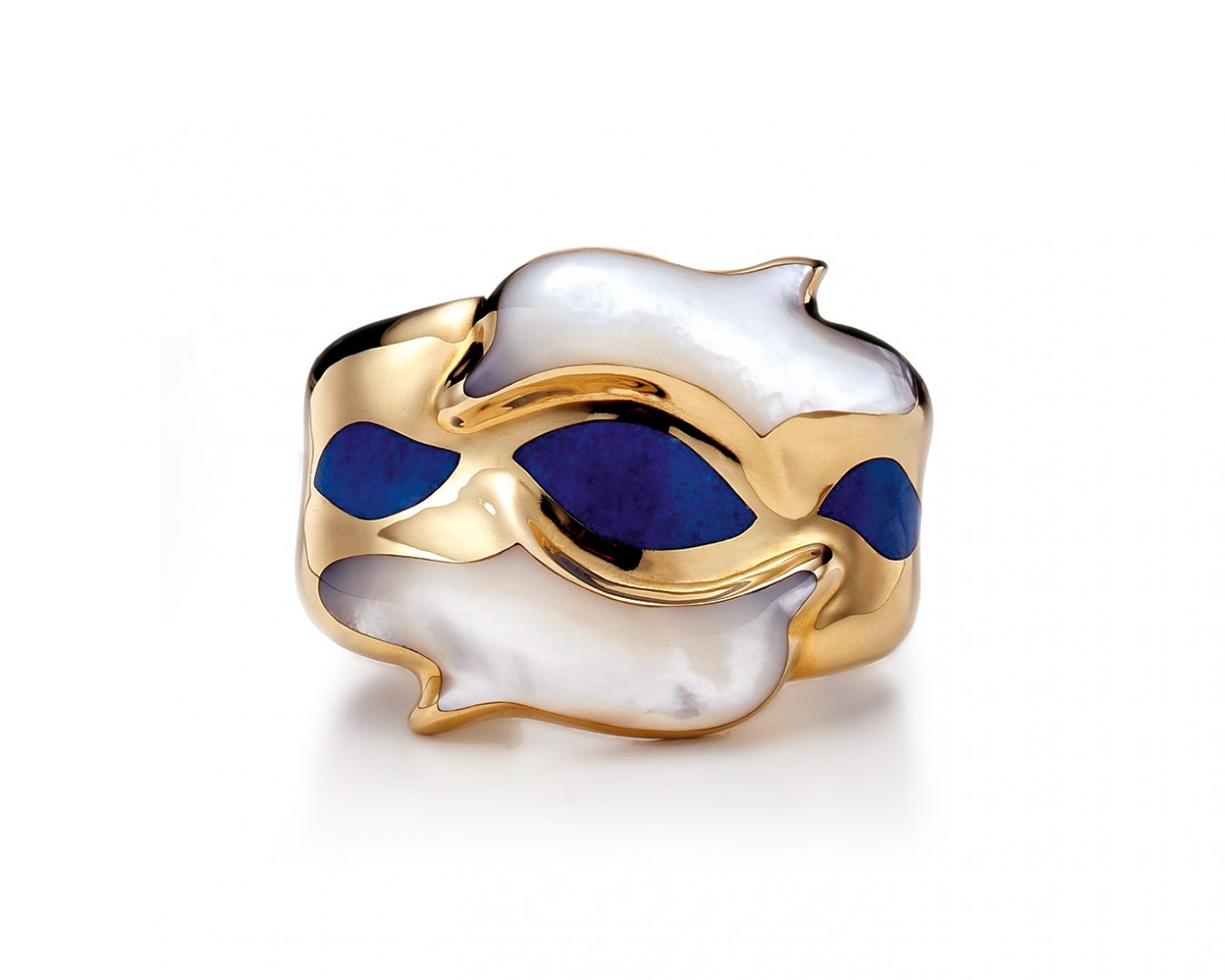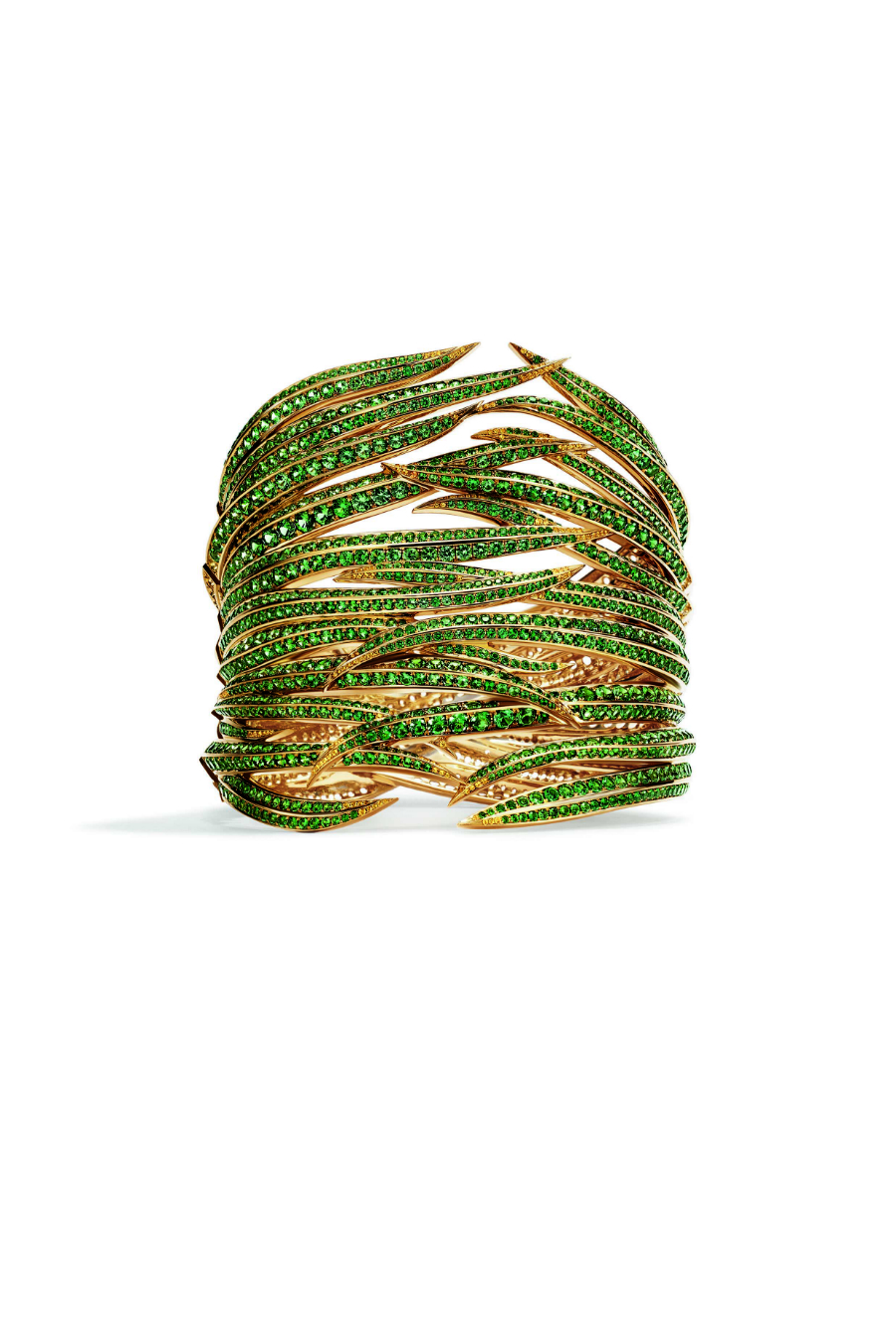On the one hand, being a heritage brand with such a rich story is an asset for Tiffany & Co.—it has legions of loyal fans spanning generations, and immediate recognition in the form of that timelessly iconic robin’s-egg blue. On the other hand, though, having an incredible past poses quite the challenge: how can Tiffany continue to reinvent itself, to stay relevant in the modern era while still honouring its history?
Each year, the New York jewellery company presents its vision for the future in the form of the coveted Blue Book: a publication showcasing new collections and concepts alongside the company’s illustrious gemstone legacy.
The Blue Book was first published in 1845. It began as a way to highlight some of the world’s most precious and rare stones, including diamonds attained from French and Spanish aristocracy. A revelation of its time, the book launch coincided with the first appearance of these incredible pieces on display in the United States (and earned Tiffany founder Charles Lewis Tiffany the nickname “The King of Diamonds” as deemed by The New York Times). Some lavish pieces went on display at the Paris Expositions of the late 19th century and were awarded gold medals for their beauty. Blue Books from the Gilded Age featured pieces inspired by these historic items, and even 20th and 21st century versions appeared as well, including a 2013 diamond brooch that pays homage to one originally created for Marie Antoinette (Tiffany purchased the original on May 12, 1997).
Scouring the globe in the 19th century, gemologists acquired the likes of Montana sapphire, Brazil aquamarine, Sri Lanka yellow beryl, North Carolina emerald, and Russia amethyst for the Tiffany vault. The 20th century saw Tiffany introduce and name important stones including Californian lilac kunzite and African blue-violet tanzanite.

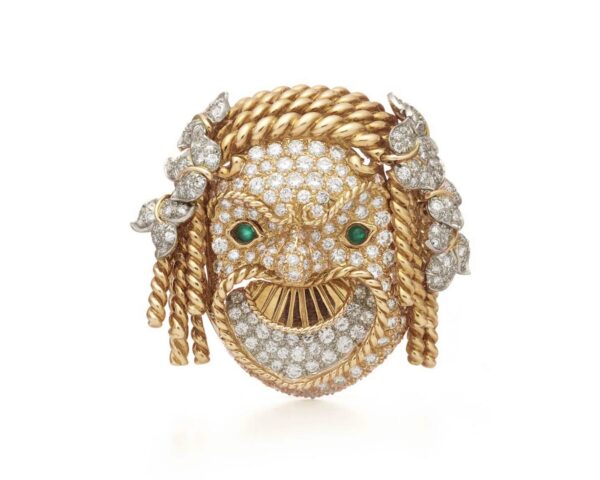
The Blue Book has always been trendsetting and bold; it has always epitomized Tiffany—and this year is no exception. Just in time for the May 5 reopening of Burrard Street’s own Tiffany store, the 2017 Blue Book features six themes under the umbrella of The Art of the Wild.
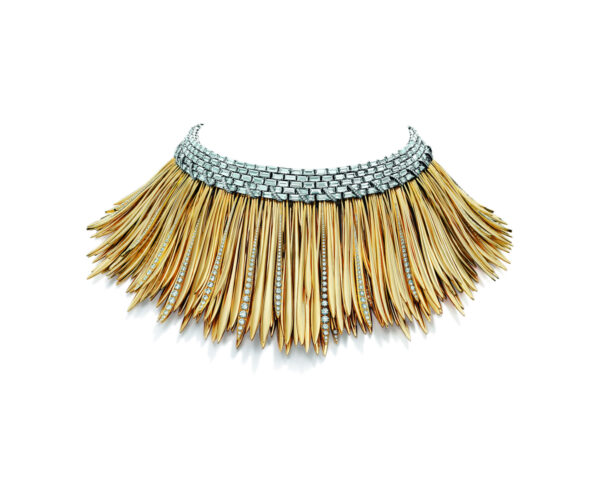
Next is Yesterday, Today and Tomorrow, paying respects to Tiffany’s floral heritage. Following the petals as they change colours, the pieces trickle out with a sort of ombre that moves from purple, to lilac, to white. Leaves of the Sun follows, encompassing our star’s radiant and nurturing qualities. The idea of rebirth is the focus here, pairing beautiful and large gems—tsavorite, tourmaline—with light and elaborate metal detailing. And then comes The Falls, stimulated by the motions, movements, and strengths of the natural world. Necklaces, earrings, and bracelets covered with long, dripping strips of diamonds evoke both the softness and supremacy of rushing water.
Then there is Feathered Cloak, which encompasses the shapes and shades of exotic birds, allowing wings and feathers to layer in deliciously textured form. Ending the collection is Miracle Berry, a selection of intricately weaved pieces and pops of pink and orange. Consider the three-layered necklace with spessartites, rubellites, and gold beads, wrapped in yellow and white diamonds; or the cocktail ring, with a brightly-hued, 20-carat cabochon rubellite.
Nature is an apt theme for this year’s Blue Book—after all, those precious gems are formed by the earth. It is then up to a company like Tiffany to turn them into the wearable art that we have come to know and expect, both in its stores around the world and on the pages of its publication covered in robin’s-egg blue.
Read more jewellery and watch stories here.

